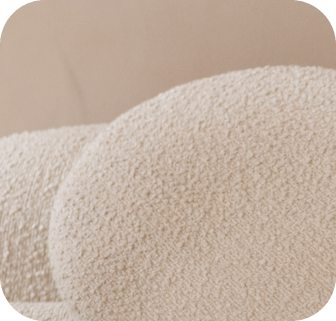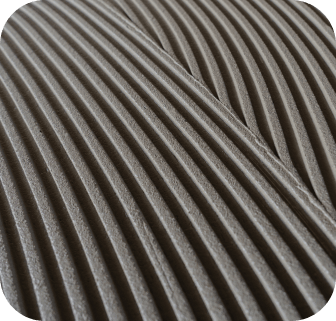Testing For Hyperhidrosis
A few areas of the body affected by hyperhidrosis include underarms, palms (hands), groin, and soles (feet). While sweating is a normal and basic body function which is important to body regulation and secretion of toxins, excessive sweating can often affect social interactions. This disorder is typical in normal healthy persons who may or may not have triggers to the sweating. It is thought to be an inherited trait. In rare cases, the hyperhidrosis can be associated with neurologic conditions, diabetes, and other medical condition. If you answer yes to one or more of these questions, you may have Hyperhidrosis:
- Do you have difficulty smelling?
- Does excessive sweating occur with exposure to cold temperature?
- Have you been diagnosed with any neurologic conditions, tremors?
- Do you have diabetes?
- Does sweating occur with food intake?
- Have you had injury to spinal cord?
- Do you a thyroid condition?
- Have you been exposed to any toxins recently including mercury?
- Have you been diagnosed with gout (pain in foot or joints)?
- Do you drink alcohol on a regular basis?
- Have you been recently tested for tuberculosis or in contact with someone with TB?
- Do any family members suffer from excessive perspiration?
A simple way to test for the problematic area caused by hyperhidrosis is the Starch-Iodine Test. First, a solution of 3.5% iodine in alcohol is swabbed onto the cleaned, shaved area and let dry. Then a light coating of store bought cornstarch is brushed evenly onto the area. After about ten minutes, a bluish-black area in which indicates a positive test result of the affected area for the Starch-Iodine Test. In some cases, this result is noticeable almost immediately. In others, the patient may need to be stimulated to produce sweat by vigorous, stressful means, especially if the patient was administered medication beforehand.












